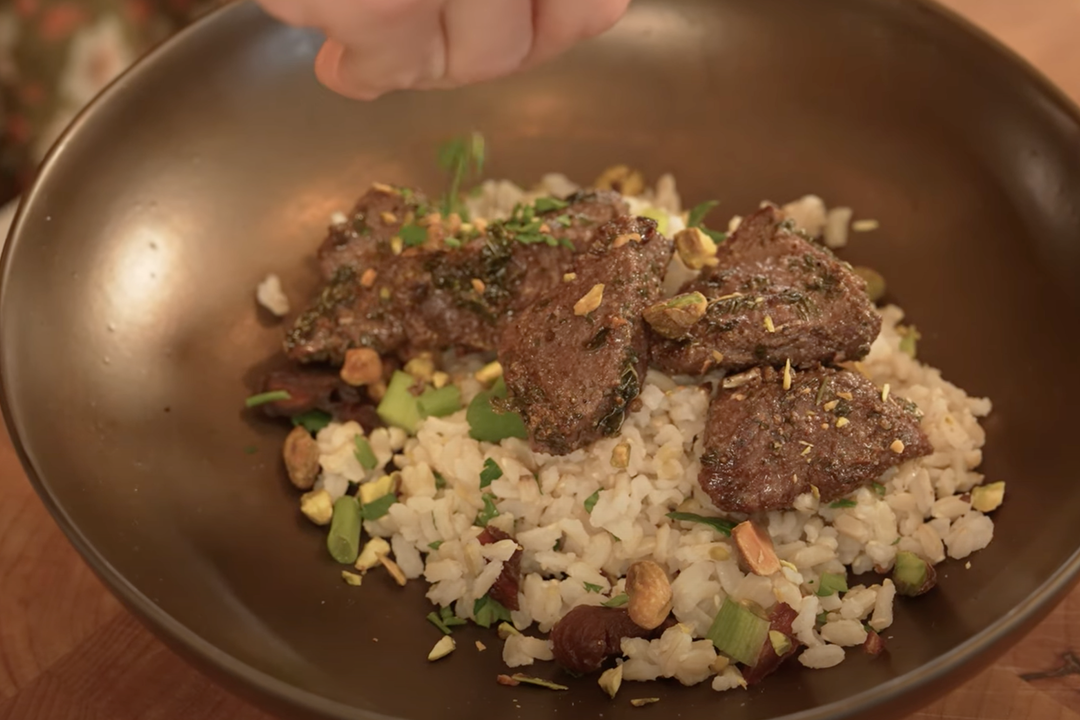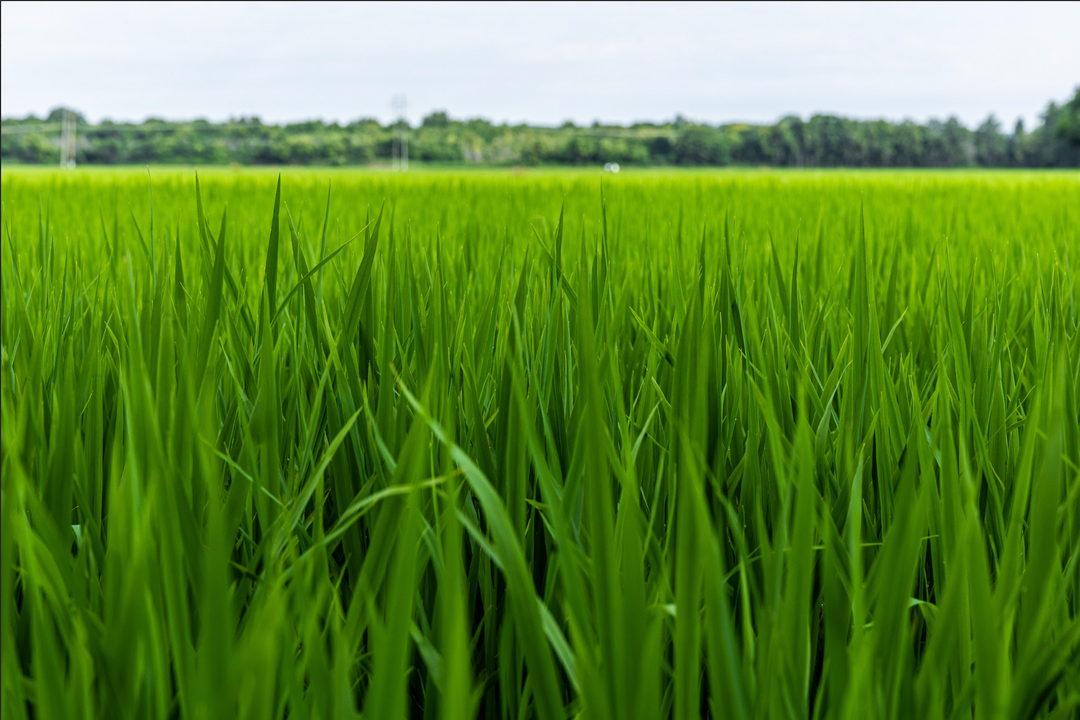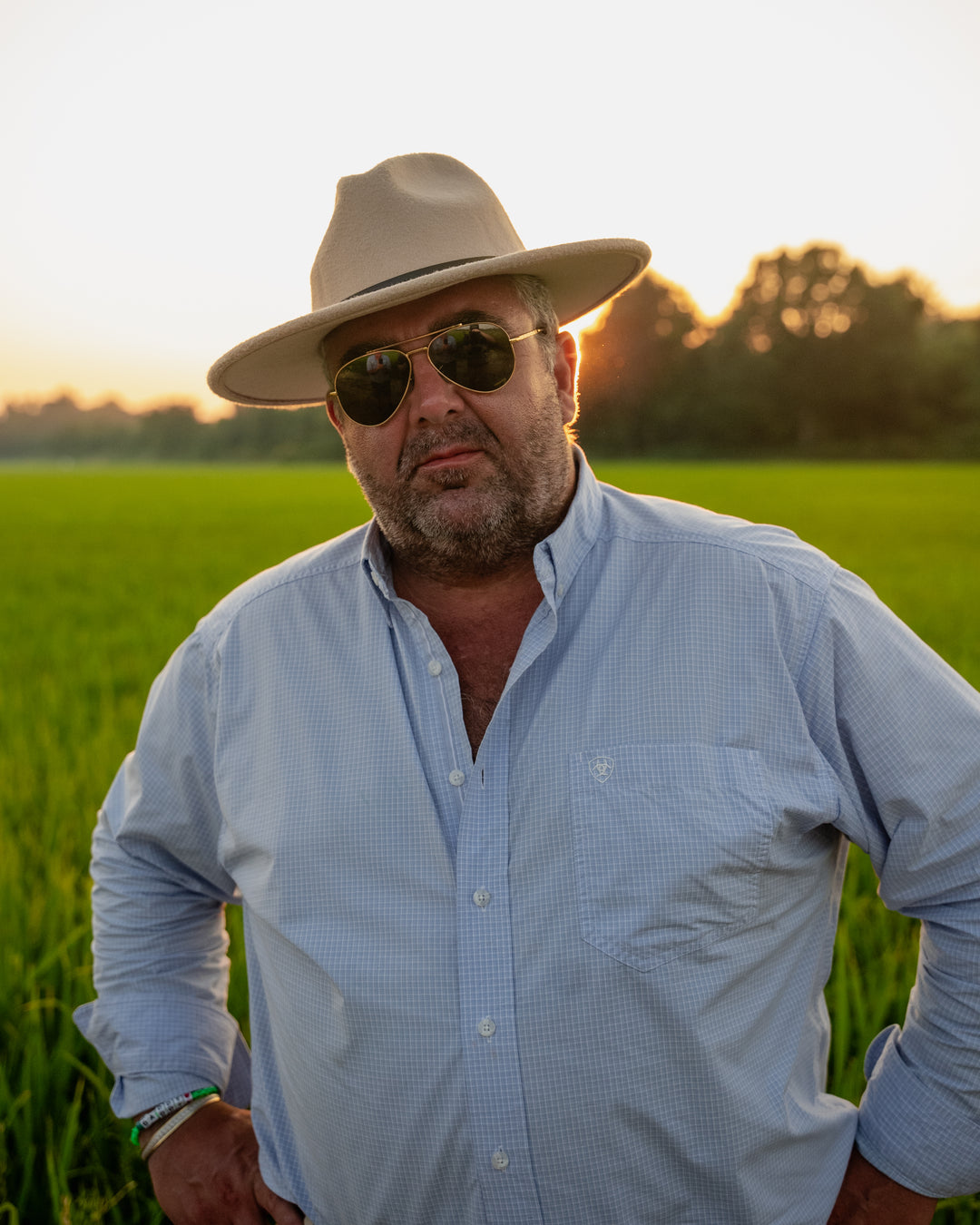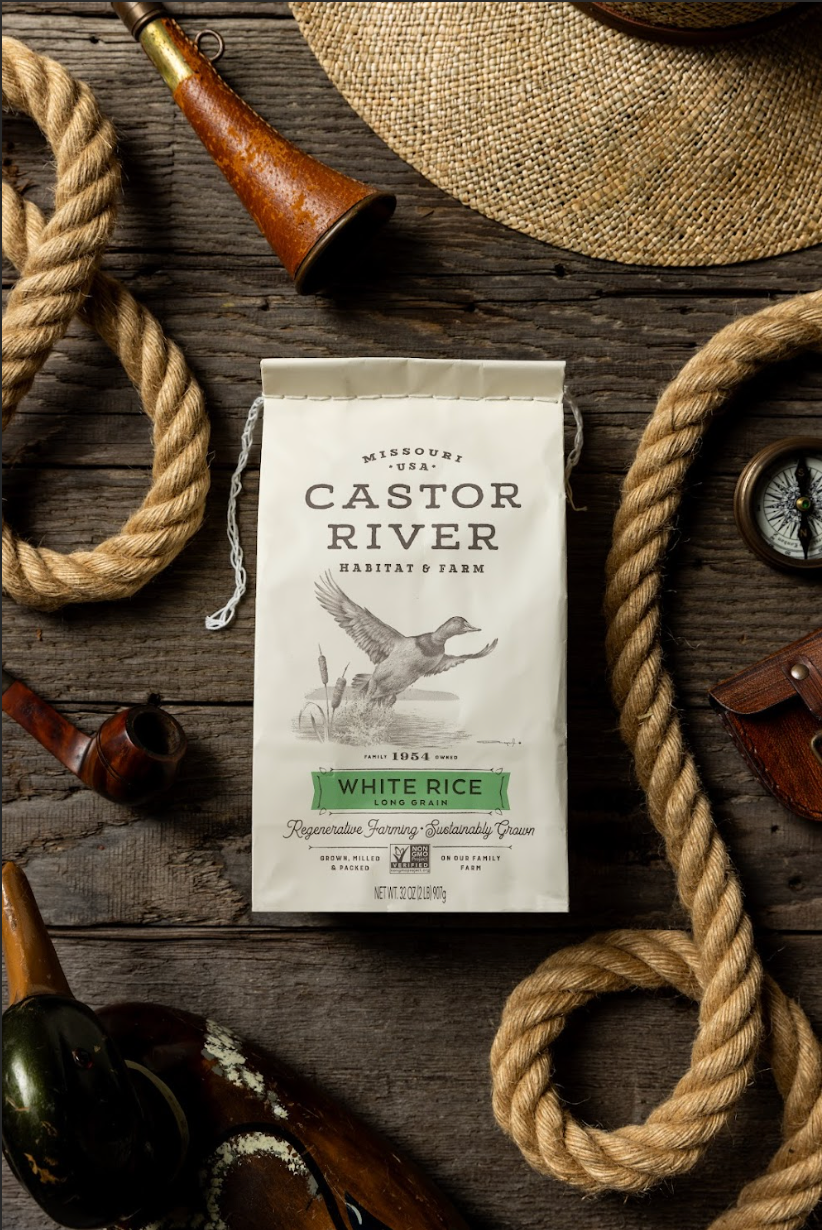Rebuilding Land That Was Written Off

A Landscape Worth Fighting For
There was a time when the land we now farm was considered spent. Too much chemical use. Too much erosion. Too many years of extractive farming. Some called it unproductive. Others called it unprofitable. But we didn’t see land that was broken. We saw land that could be brought back to life.
We weren’t trying to revive a piece of property. We were investing in something deeper. In legacy. In responsibility. In proving that the land wasn’t finished. It had just been mistreated. And like anything mistreated, with care and patience, it could recover.
Starting with the Soil
The first step in rebuilding land isn’t a tractor. It’s a mindset. Instead of asking what we could take from the ground, we asked what it needed from us. That meant going back to the basics and treating the soil as a living system. We started planting cover crops to protect and feed the ground. We stopped tilling to allow soil structure to rebuild. We gave it a break from constant disturbance and let biology do its work.
What we saw wasn’t immediate. It was gradual. It started with the return of earthworms. Then better water retention. Then plants with deeper roots and richer color. The land was healing itself. We were just giving it the space and support to do it.
We also started measuring things differently. Not just in yield, but in organic matter. In infiltration rates. In biological activity. We paid attention to signs most conventional farming practices overlook. When you’re not listening to the soil, you’re missing the whole conversation.
A Habitat for More Than Just Crops
Regenerating land is about more than better harvests. It’s about rebuilding an ecosystem. That means giving a place for wildlife, insects, birds, and everything in between. Our fields are now part of a larger habitat that welcomes ducks, deer, pollinators, and more.
We created buffers where nature could thrive alongside food production. And slowly the land began to feel wild again. Not in a chaotic way, but in a balanced, breathing way.
It’s amazing what shows up when you stop pushing nature out. The kind of abundance you can’t force, but you can make room for.
The Long Game of Regeneration
This isn’t a one-season effort. Rebuilding land takes years. It requires patience and consistency. It means skipping shortcuts and tuning out advice that promises more yield with more inputs.
Regeneration is slow. But it’s worth it.
Now this land that was written off grows rice that nourishes families, chefs, and schools. It supports biodiversity and captures carbon. It holds water during floods and breathes easier in drought. It’s land with a future again.
And that future is cleaner. Healthier. Rooted in respect. We didn’t inherit perfect soil. But we’re building something better for the next generation to inherit.
A Grain with a Story
When you buy Castor River rice, you’re not choosing clean-label or American-grown for the sake of a trend. You’re choosing rice from land that’s been cared for. Soil that’s been rebuilt. Fields that tell a different story now.
Taste the difference. See the impact.









